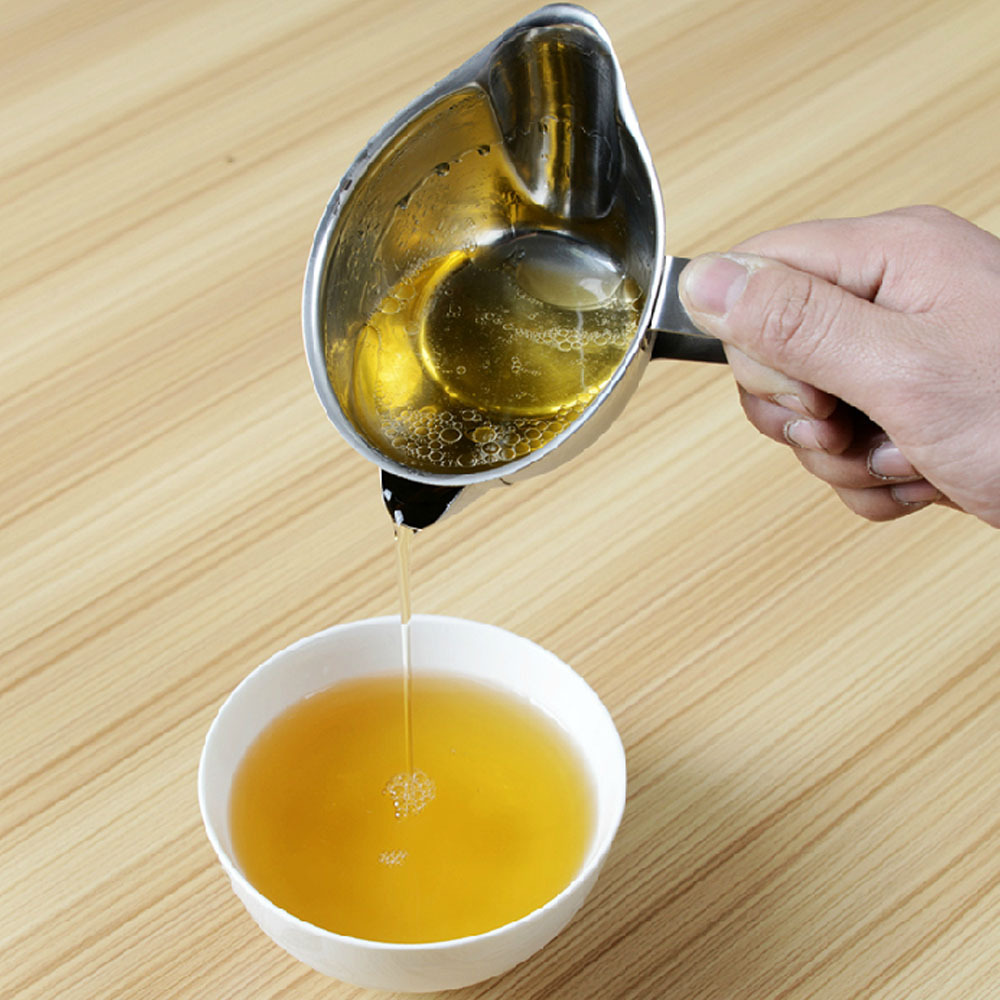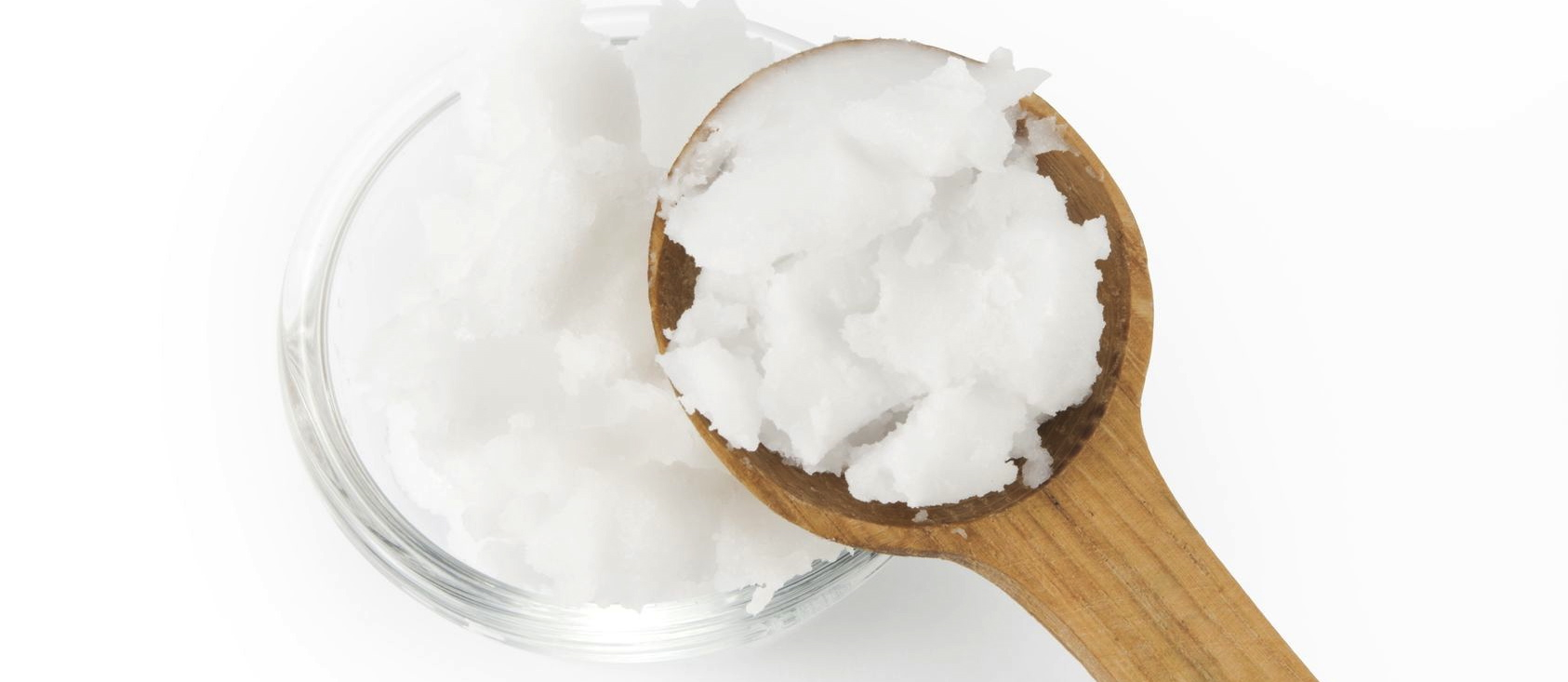News
Meet Oleogustus, The New Sixth Member Of The Taste Family
Purdue University just conducted a study with an interesting outcome that fat would be the sixth taste and called “oleogustus”. “Most of the fat we eat is in the form of triglycerides, which are molecules comprised of three fatty acids,” said Richard D. Mattes, professor of nutrition science. “Triglycerides often impart appealing textures to foods like creaminess. However, triglycerides are not a taste stimulus. Fatty acids that are cleaved off the triglyceride in the food or during chewing in the mouth stimulate the sensation of fat. The taste component of fat is often described as bitter or sour because it is unpleasant, but new evidence reveals fatty acids evoke a unique sensation satisfying another element of the criteria for what constitutes a basic taste, just like sweet, sour, salty, bitter and umami. By building a lexicon around fat and understanding its identity as a taste, it could help the food industry develop better tasting products and with more research help clinicians and public health educators better understand the health implications of oral fat exposure. ”

The researchers came up with the term “oleogustus” as a word that can be used to describe the sensation. “Oleo” is a Latin root word for oily or fatty and “gustus” refers to taste. The findings of this research are published online in Chemical Senses, and this research project was fully supported by a U.S. Department of Agriculture Hatch Grant.
Mattes, professor, also mentioned that the taste of fat should not be mixed up or confused with the feel of fat, which is known to be creamy or smooth in texture. “Fatty taste itself is not pleasant. When concentrations of fatty acids are high in a food it is typically rejected, as would be the case when a food is rancid. In this instance, the fat taste sensation is a warning to not eat the item. At the same time, low concentrations of fatty acids in food may add to their appeal just like unpleasant bitter chemicals can enhance the pleasantness of foods like chocolate, coffee and wine,” said Mattes, who studies the functions and mechanisms of taste.
There aren’t many words that one can commonly use to describe the taste of fat, and because of that, the 102 study participants were given “multiple cups of solutions each containing a compound that tastes salty, sweet, umami, bitter, sour or fatty. The participants were asked to sort the solutions into groups based on which had similar taste qualities. Odor, texture and appearance were all controlled. “The participants easily segregated sweet, salty and sour samples acknowledging that the task was understood. “Initially, the fatty samples were grouped with bitter because bitter is the vernacular descriptor for unpleasant taste sensations. However, when asked to sort samples including bitter, umami and fatty stimuli, panelists grouped the fatty acids together and separately from the other samples,” Mattes said.
To add to this study, Mattes and collaborators of the project have begun to analyse data for more than 1000 participants for a study related to the genetics of fat taste at the Denver Museum of Nature & Science’s Genetics of Taste Lab.





















